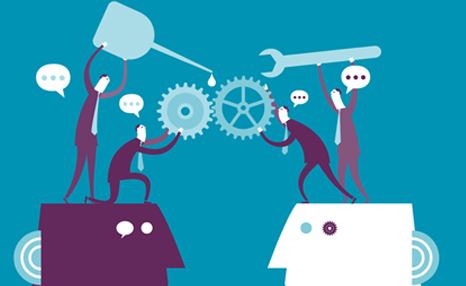Tag: listening
Know These Great Secrets of Collaboration and Co-Creation
Secrets of collaboration and co-creation? Well, maybe just not well known. We are great believers that collaboration and co-creation among businesses and between companies and customers hold much promise for future growth. There is an opportunity for collaboration and co-creation all along a company’s value chain, whether it be customers, other businesses, or suppliers. …
14 Social Proof Insights to Supercharge your Influence
Social proof is a concept that is as old as time. It has just begun to gain traction amongst online marketers as it explains a lot about the success of some online ventures and the failure of others. Look for social proof insights to succeed. To put it simply: “Social proof in a social media…
The Cheat Sheet on Secrets of Collaboration and Co-Creation
Secrets of collaboration and co-creation? Well maybe just not well known. We are great believers that collaboration and co-creation among businesses and between companies and customers hold much promise for future growth. There is an opportunity for collaboration and co-creation all along a companies’ value chain, whether it be customers, other businesses or suppliers. The…

Collaboration: The Cheat Sheet of Great Secrets on Co-Creation
Ken Sawyer once said: Collaboration drives creativity because innovation always emerges from a series of sparks … never a single flash of insight. Collaboration and co-creation secrets? Well, maybe just not well known. Check out our thoughts on team leverage. We are great believers that collaboration and co-creation among businesses and between companies and customers hold much…